astrostu
I shoot for the stars
- Joined
- Aug 1, 2006
- Messages
- 673
- Reaction score
- 17
- Location
- Boulder, CO, USA
- Can others edit my Photos
- Photos NOT OK to edit
There is nothing wrong with using ISO200, or even higher for this subject.
This is not correct. Higher ISO means more noise. More noise on a dark subject that can require longer exposures is bad. If you can do a longer exposure (as in tripod or bigger aperture), then you should do that instead of a higher ISO. Pretty straight-forward.



![[No title]](/data/xfmg/thumbnail/33/33906-2f9b24e4b1e1be07f68257916df0f2b3.jpg?1619736208)
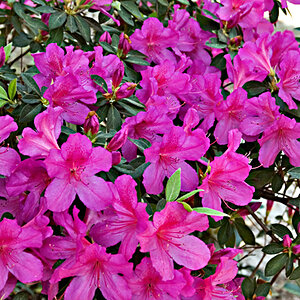
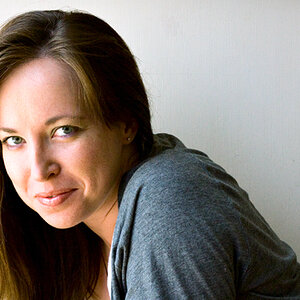
![[No title]](/data/xfmg/thumbnail/41/41799-fe172a668fba7717bf773664387d64aa.jpg?1619739897)
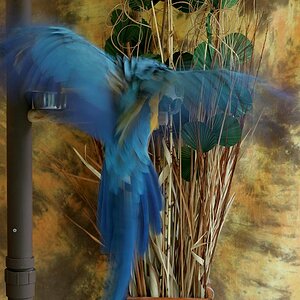

![[No title]](/data/xfmg/thumbnail/42/42326-1e75ade9716f7e863d85def8d13cf591.jpg?1619740127)
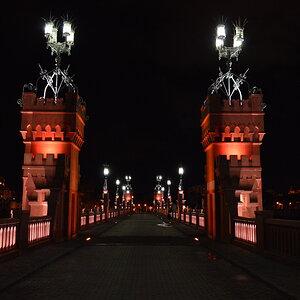
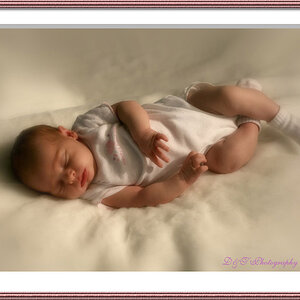
![[No title]](/data/xfmg/thumbnail/42/42397-30faa170de7ed9be38adf00b9b26a220.jpg?1619740167)